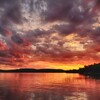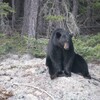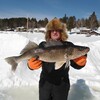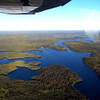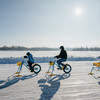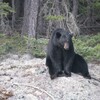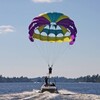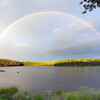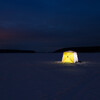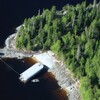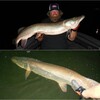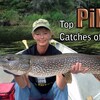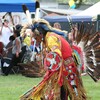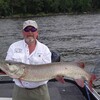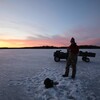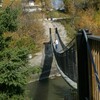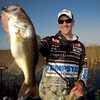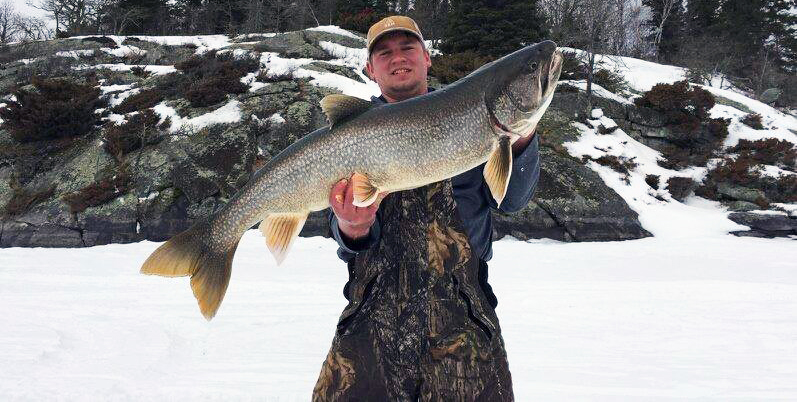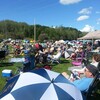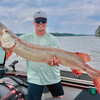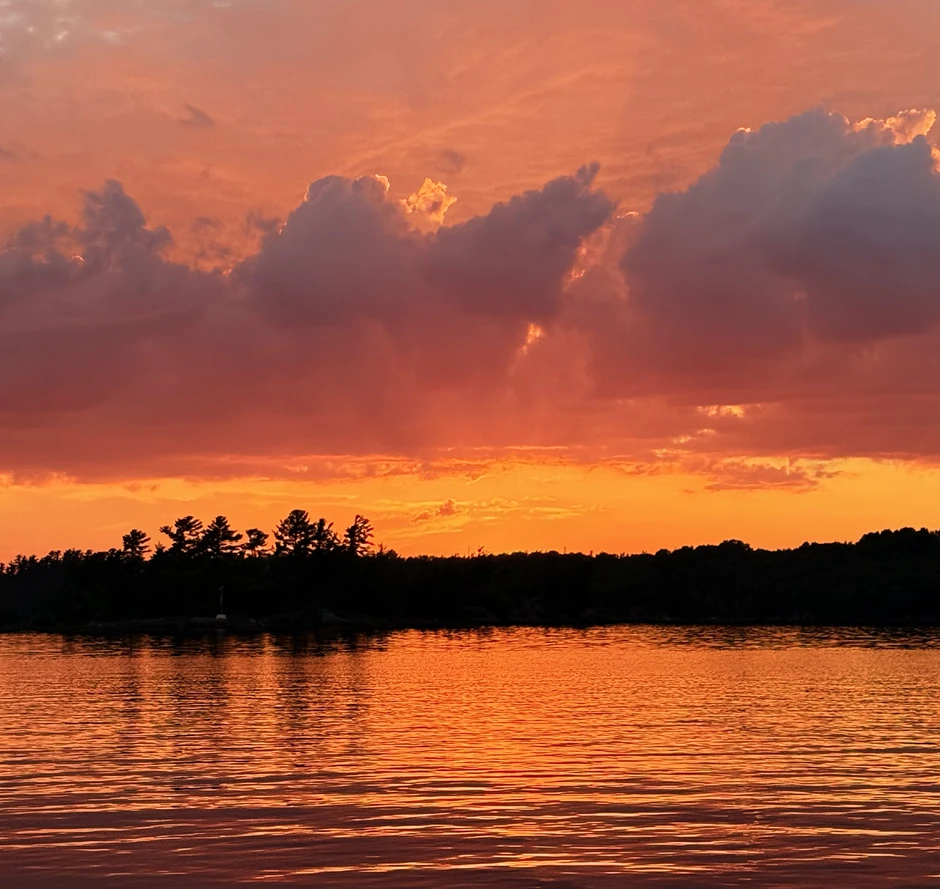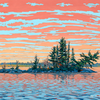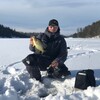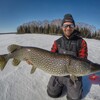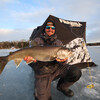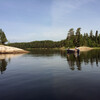
Ice Road Etiquette
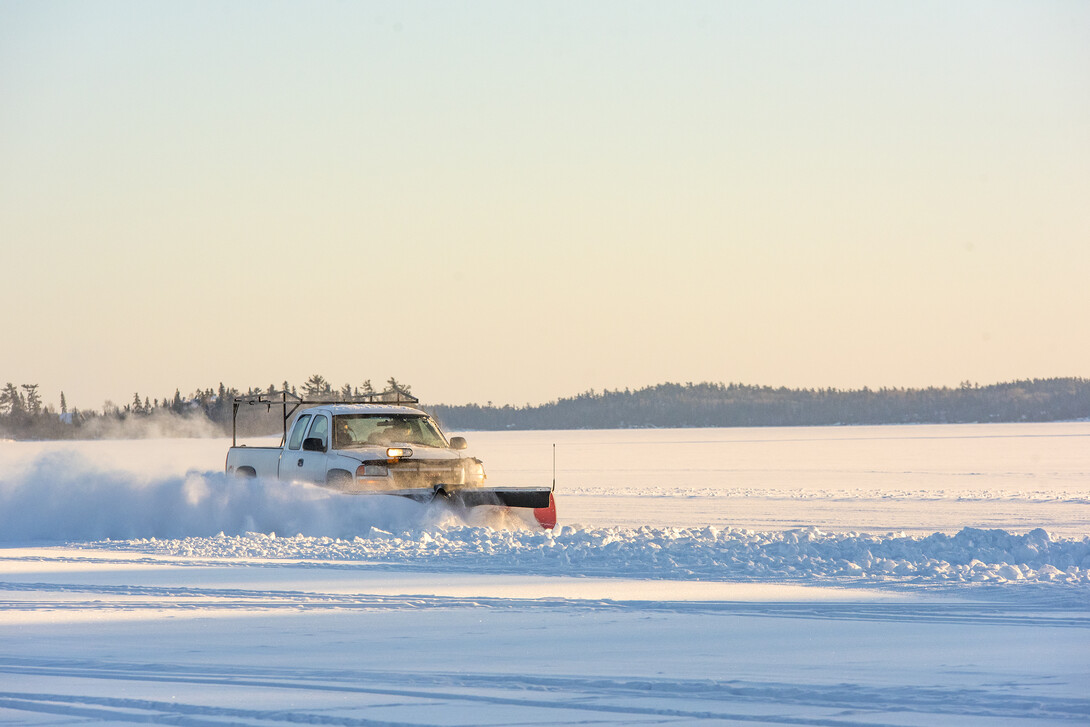
Courtesy Goes a Long Way
While it’s tough to beat the backcountry beauty that we have across Northwest Ontario’s Sunset Country Region, we are fortunate that ice roads dot many of our larger bodies of water. This makes it easy for anglers, commuters, and explorers to get out on the ice without having to travel via snowmobile or ATV.
An ice road is a convenient option for anglers when you only have a few hours to get out, if want to take out some friends who might not have all the gear necessary for backcountry adventures or if it’s extremely cold.
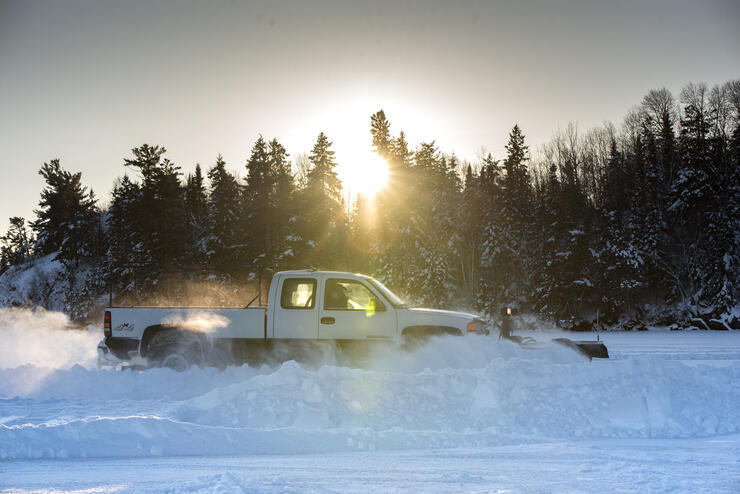
Ice roads are common around most of the larger communities across the region and on many of the bigger lakes. These roads will take you over to some of the best fishing locations on the lake and can certainly make life easy with regard to getting out fishing. My personal experience on ice roads has mostly taken place out on Lake of the Woods, around Nestor Falls, Sioux Narrows, and Kenora, which has an extensive road system that stretches all the way down to Minnesota.
Everyone is free to use the ice roads but there is some etiquette that we should all know to keep everybody happy and safe out on the ice, especially the people who build and maintain the roads. Show them your appreciation by following these guidelines.
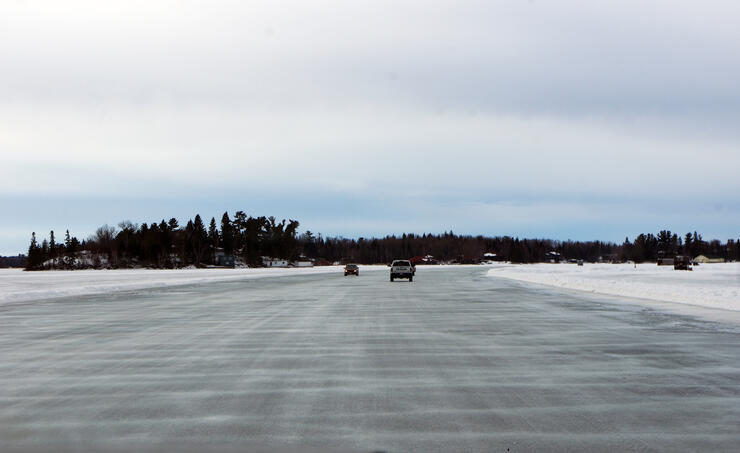
Don’t Drill Holes in the Road
This is probably the number one no-no, especially amongst those who plow the roads. When the snow is deep, it’s easier to just drill holes in the road but this can create big problems. The weight of the snow pushes water up through the hole, which will flood the road. The issues happen when the water on the road starts to freeze; then, when driving over it, you break through the top layer of the ice, which has water between it and the main section of ice. This can cause you to get stuck, as well as damage to your vehicle from chunks of ice wreaking havoc on your brakes and other parts located under your vehicle.
Don’t Litter
One of the things that irritate a lot of ice road users is the amount of litter that can turn up out there. Usually, it isn’t highly visible trash like cans or bottles, but the stuff that is not as visible, like fishing lines or ziplock bags. I know it should really go without saying and it does for most people I think but our lakes are so beautiful so please do your part to not create any litter on the ice. Please pick everything up! Pack out what you brought in.

Watch Where You Park
When it comes to parking along the ice roads, there are a few things that you should consider. If there is any fresh snow on the ground, the people that have the contracts to plow the roads will probably be making the rounds to keep the roads cleared before any snow drifts start to form.

Do not park on the side of the road to prevent them from doing their job, especially on the main road. If you do, you should not be upset if you are snowed in. The best bet may be to stay with your vehicle and be prepared to move it if you see a plow truck coming.
Space Yourselves out
Early in the season, before the ice is really thick it is a bad idea to park too many vehicles close together. You can tell if you are doing this because when you drill a hole to fish, the ice will sag and water will start running up through your hole and onto the ice. This is a sign that the ice is failing and can also create problems for the people making the roads. Do not park too close to other vehicles early in the season.
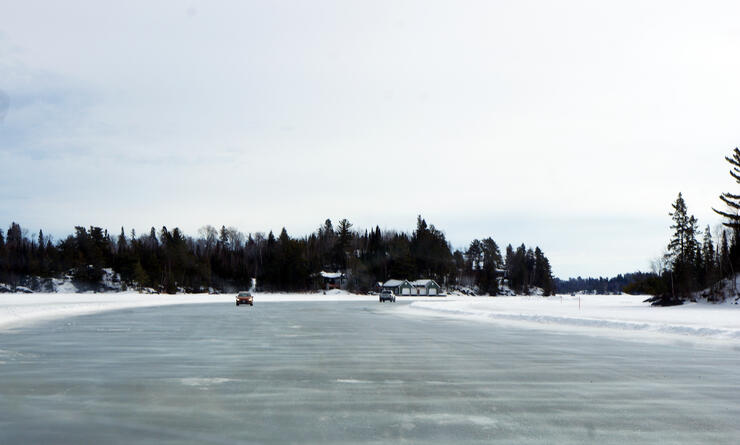
Remember that many people use the ice roads each year: to go fishing, to go to work, and many to access their homes. Be mindful of other users and we can all enjoy the roads and have some fun out there.
Resource: Ontario Ministry of Natural Resources ice fishing page.
Recommended Articles

Is the 1,400 Kilometre Drive to Northwest Ontario For a Fishing Trip Worth it?
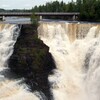
8 must-see waterfalls

6 Ways to Get Your 10,000 Steps This Fall

Top 5 Reasons You Should Be Fishing in Morson, Ontario

Discover The Winnipeg River

Enjoy Sunset Country's Fall Colours on Your Next Road Trip

Fishing in the Fall?

6 Reasons to Book a Fall Vacation to Sunset Country

10 Reasons to Avoid Ontario’s Sunset Country

Heading Across Canada?

A Guide to Sunset Country Museums
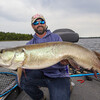
The Promised Land: Best Muskie Fishing in Ontario

Fall Fishing Tips
5 Essential Boreal Experiences in Ontario's Sunset Country

5 Obscure Facts About Northwestern Ontario: Were You Aware of These?
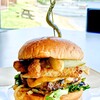
Great Food in Relatively Unknown Places
Outdoor Medicine

A Guide to Bringing Your Pets on Vacation to Canada

There's more than just fishing in the Red Lake Region

5 Amazing Sights You Can Only See By Boat

Going Fishing in Canada?

Going fishing in Ontario?

Outdoor Adventure in Ontario's Northern Paradise
Planning A Family Fishing Trip to Canada

Tips from a Fishing Legend


